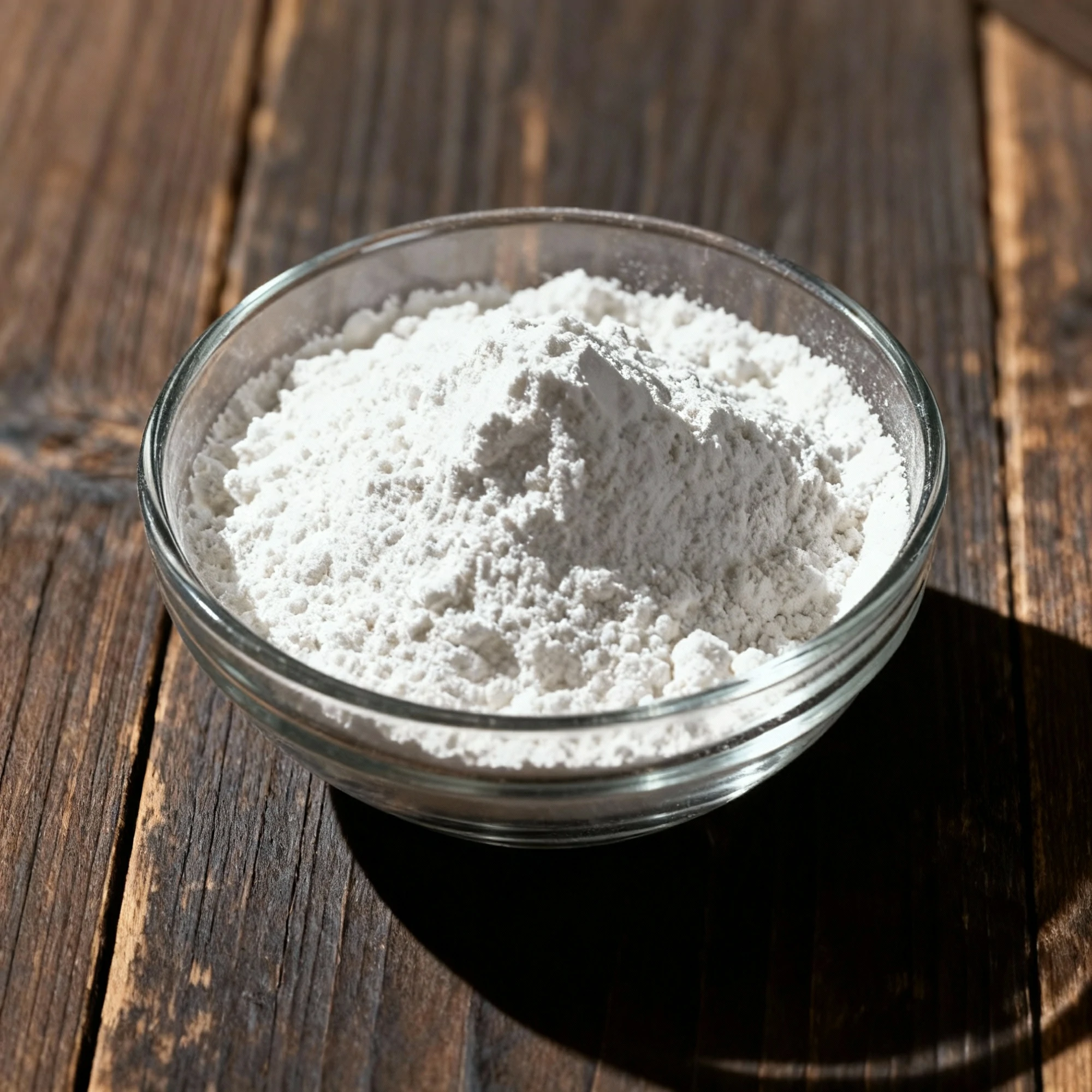

Sodium Pyruvate
One unit of:Unknown
Product Info
What is Sodium Pyruvate?
Sodium Pyruvate is the stable sodium salt of pyruvic acid, a naturally occurring metabolic compound, primarily used in cosmetic formulations as a skin conditioning and antioxidant agent, and occasionally as a nutrient supplement ingredient.
How is Sodium Pyruvate made?
| Step No. | Production Stage | Key Action | Control Point & Note |
|---|---|---|---|
| 1 | Fermentation | A selected microbial strain (e.g., E. coli, yeast) is cultivated in a nutrient-rich medium, converting a carbon source like glucose into pyruvic acid. | Control Points: Strict control of temperature, pH, aeration, and nutrient feed rate is crucial for optimal yield. The purity of the microbial strain must be maintained. |
| 2 | Cell Separation | The fermentation broth is processed to remove the microbial cells and other solid particulates from the pyruvic acid solution. | Key Action: High-speed centrifugation or microfiltration. Note: Efficient separation is vital to prevent impurities in the final product and simplify subsequent purification steps. |
| 3 | Neutralization | The acidic pyruvic acid solution is carefully neutralized using a sodium base, such as sodium hydroxide or sodium carbonate, to form Sodium Pyruvate. | Control Point: The pH must be precisely adjusted to a neutral range (approx. 7.0). The reaction is exothermic, so temperature must be controlled to prevent product degradation. |
| 4 | Purification & Decolorization | The crude Sodium Pyruvate solution is purified to remove residual organic and inorganic impurities from the fermentation and neutralization stages. | Key Action: Treatment with activated carbon to remove color, followed by ion-exchange chromatography. Note: Product purity is continuously monitored using techniques like HPLC. |
| 5 | Concentration & Crystallization | The purified solution is concentrated by evaporating water, causing the Sodium Pyruvate to crystallize out of the solution. | Control Point: Concentration is performed under vacuum at low temperatures to prevent thermal decomposition. The cooling rate is controlled to achieve the desired crystal size and purity. |
| 6 | Drying | The wet Sodium Pyruvate crystals are separated from the liquid and thoroughly dried to produce a stable, free-flowing powder. | Key Action: Crystals are dried in a vacuum oven. Control Point: The final moisture content is a critical specification (e.g., <1.0%) and must be carefully monitored to ensure product stability. |
| 7 | Sieving & Packaging | The final dried powder is sieved to ensure a uniform particle size and then packaged into sealed, protective containers. | Control Point: Final QC checks are performed for assay (purity >99%), appearance, and particle size. Packaging must be in airtight, moisture-proof containers to protect the product. |
Technical Specifications
| CAS Number | 113‑24‑6 |
| Chemical Formula | C₃H₃NaO₃ |
| Solubility | soluble in water (~100 mg/mL), very slightly soluble in ethanol |
| Storage Conditions | store 2–8 °C, protect from moisture and strong oxidizers |
| Shelf Life | 24 Months |
Applications & Usage
Common Applications:
Mechanism of action:
| Parameter | Sodium Pyruvate |
|---|---|
| Functional Category | Antioxidant; Flavoring Agent; Shelf-life Extender; Cell Culture Nutrient |
| Key Ingredients | Sodium Pyruvate (Sodium 2-oxopropanoate) |
| Mechanism of Action | Acts as a potent scavenger of reactive oxygen species (ROS), directly neutralizing hydrogen peroxide (H₂O₂) through non-enzymatic decarboxylation. This reaction protects food matrix constituents (lipids, proteins, pigments) from oxidative degradation. As a key metabolic intermediate, it can also modulate microbial metabolism and contribute to flavor profiles. |
| Application Effect in Product | Inhibits lipid oxidation, reducing rancidity and off-flavor development; preserves natural color in processed meats and other foods; extends shelf life by mitigating oxidative spoilage; can enhance savory (umami) notes; protects cells from oxidative stress when used as a supplement in cell culture media. |
Comparison:
| Product Name | Category/Type | Key Features | Strengths (vs peers) | Weaknesses (vs peers) | Best Use Cases | Why Choose |
|---|---|---|---|---|---|---|
| Sodium Pyruvate | Metabolic Intermediate / Cell Culture Supplement | End product of glycolysis, enters the Krebs cycle directly. Acts as an antioxidant. | Provides an immediate energy source bypassing glycolysis; protects against oxidative damage. | Lower overall energy yield than glucose; can be consumed rapidly. | Supplementing media for cells with mitochondrial defects, cloning, or under metabolic stress. | To provide a non-glycolytic energy source or protect cells from reactive oxygen species. |
| Glucose | Primary Carbohydrate / Energy Source | The central substrate for glycolysis and cellular respiration in most organisms. | The universal and most efficient primary energy source for most cell types. | High concentrations can lead to lactate accumulation (Warburg effect), causing media acidification. | Standard base component for nearly all cell and microbial culture media. | As the default, fundamental energy source required for routine cell growth and proliferation. |
| L-Glutamine | Amino Acid / Energy & Carbon Source | Provides energy via glutaminolysis and is a key source of nitrogen for biosynthesis. | Serves dual roles as an energy source and a building block for proteins and nucleotides. | Unstable in liquid media, degrading into cytotoxic ammonia over time. | Supplementing media for rapidly dividing cells, such as cancer or immune cells. | To support high biosynthetic and energy demands simultaneously, especially during rapid growth. |
| Galactose | Monosaccharide / Alternative Energy Source | Metabolized more slowly than glucose, promoting oxidative phosphorylation over glycolysis. | Reduces lactate production, forcing cells to rely on mitochondrial respiration. | Not all cell types can utilize it efficiently; provides energy at a slower rate. | Studying mitochondrial function, modeling in vivo metabolism, or for cells sensitive to high lactate. | To shift cellular metabolism away from glycolysis and investigate mitochondrial energy production. |
Technical Documents
Available Documentation
Specification sheet, COA, Technical Data Sheet
Safety Data Sheet (SDS)
SDS available
Certificate of Analysis (COA)
Quality assurance documentation
Technical Data Sheet
Detailed technical specifications